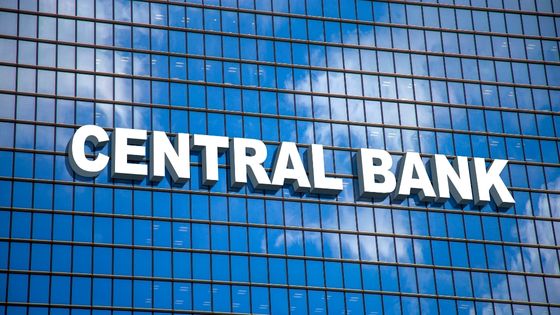What are central banks? If you ask 10 people and they give you 10 different answers, then the chances are that either 1 or 2 answers are correct. The problem is that 10 people will give you different answers if they don’t fully understand what central banks do. However, most people would be surprised to know that central banks control some of the most important macroeconomic decisions from gold rate in Kerala to the interest rates of banks. But fortunately for us, we now have a global community of economists who can explain it better than our friends.
So, what is a central bank?
A central bank is a national, independent institution that manages monetary policy. The term refers to the institution’s main role in forming and implementing monetary policy. Central banks are also responsible for printing currency, and otherwise controlling the money supply of their respective countries. The role of central banks varies internationally, with some countries having only one while others have multiple institutions performing similar roles. For example, there are eight regional central banks in the European Union (EU), but only one central bank serves as the monetary authority for all 27 member states.
What are the biggest central banks?
1. U.S. Federal Reserve System (Fed)
U.S. Federal Reserve System (Fed) is the central banking system of the United States, which controls monetary policy and regulates the money supply in the nation. The Fed was established in 1913 due to the Federal Reserve Act, which was signed into law by President Woodrow Wilson on December 23, 1913. It has since been amended several times, most recently in 2008 by the Emergency Economic Stabilization Act of 2008.
The Fed’s responsibilities include issuing currency and regulating the banking system. The Fed also supervises and regulates U.S. payment systems such as checks and electronic payments, money market funds and other financial institutions that operate within its jurisdiction. The Fed also serves as a bank regulator through its supervision of depository institutions holding or servicing more than $10,000
2. European Central Bank (ECB)
The European Central Bank (ECB) is the central bank of the eurozone. It is based in Frankfurt, Germany and was founded in 1998 to replace the European Monetary Institute (EMI). The ECB’s goal is price stability and maximum employment.
The ECB is responsible for setting monetary policy for eurozone member states and ensuring financial stability through surveillance of banking systems and participation in public debt management. It issues the common currency euro coins and banknotes, in cooperation with national central banks, and operates payment systems across the eurozone. The ECB also participates in the management of government debt (sovereign debt), both by issuing bonds on behalf of itself and by participating in private debt management such as public-private partnerships.
3. Bank of England(BOE)
The Bank of England (BOE) is the central bank of the United Kingdom. It was established in 1694 and is located at Threadneedle Street in the City of London. The BOE is one of only three banks in the world with its own independent monetary policy, alongside those of the United States and Japan.
4. Reserve Bank of India(RBI)
The Reserve Bank of India (RBI) is the central bank of India. It was established on 14 February 1935, and since then it has played a significant role in India’s economic development. The current governor is Shaktikanta Das. The RBI has an annual budget of over $1 billion and is one of the largest employers in India.
The RBI is responsible for formulating and implementing monetary policy in India under the supervision of the Union Government. So next time you see a major shift in gold rate in Coimbatore you will know RBI had a role to play in it. It regulates all aspects of banking through its regulatory policies and sets policy guidelines for banks in India. The RBI also oversees public debt management, public financial institutions, public securities market and public depository services.




















